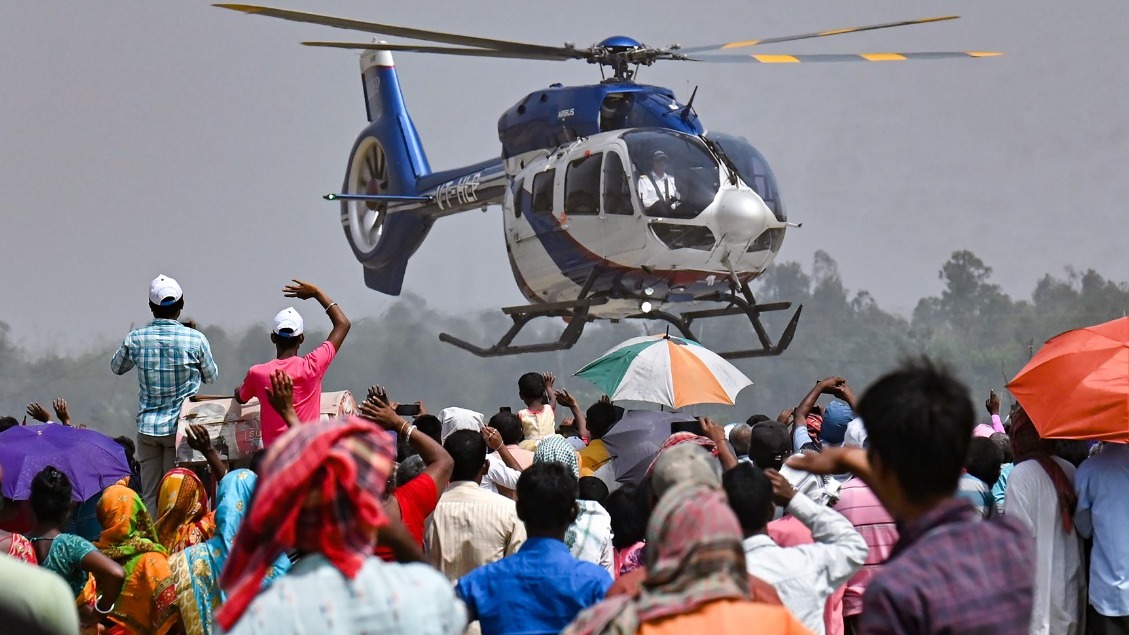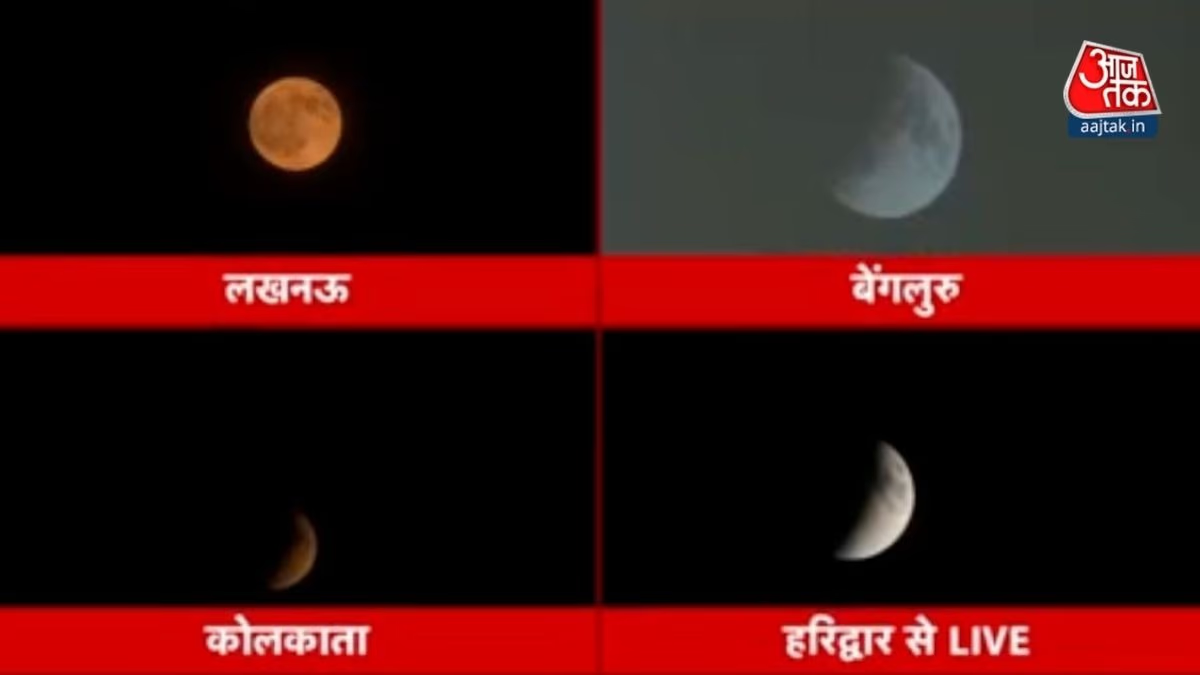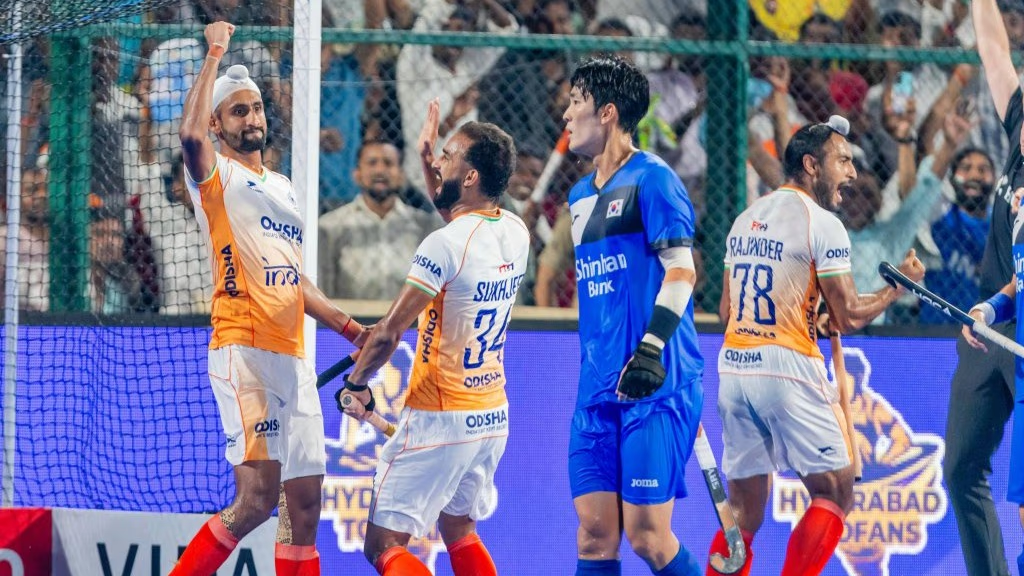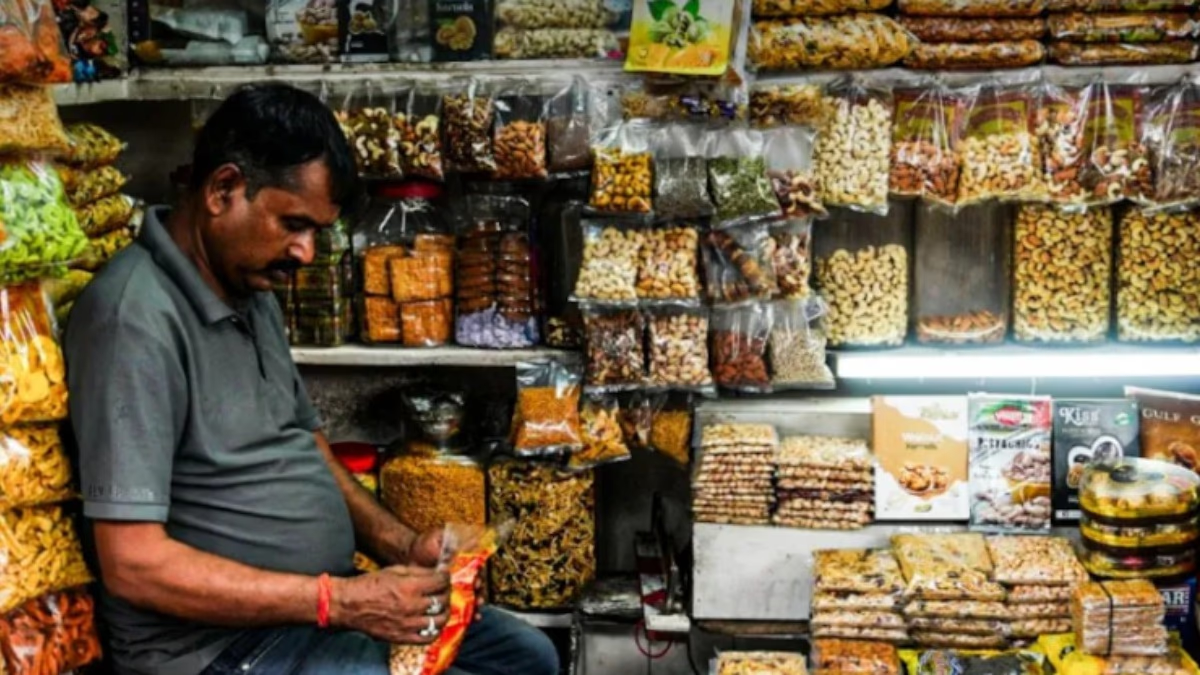For political parties, every single seat and each vote holds tremendous value, and in the tug-of-war to pull votes to their side, they spend money like water. They unleash their star campaigners onto the field. In this election, the BJP's prime star campaigner is Prime Minister Narendra Modi, while Rahul Gandhi holds that stature for Congress.
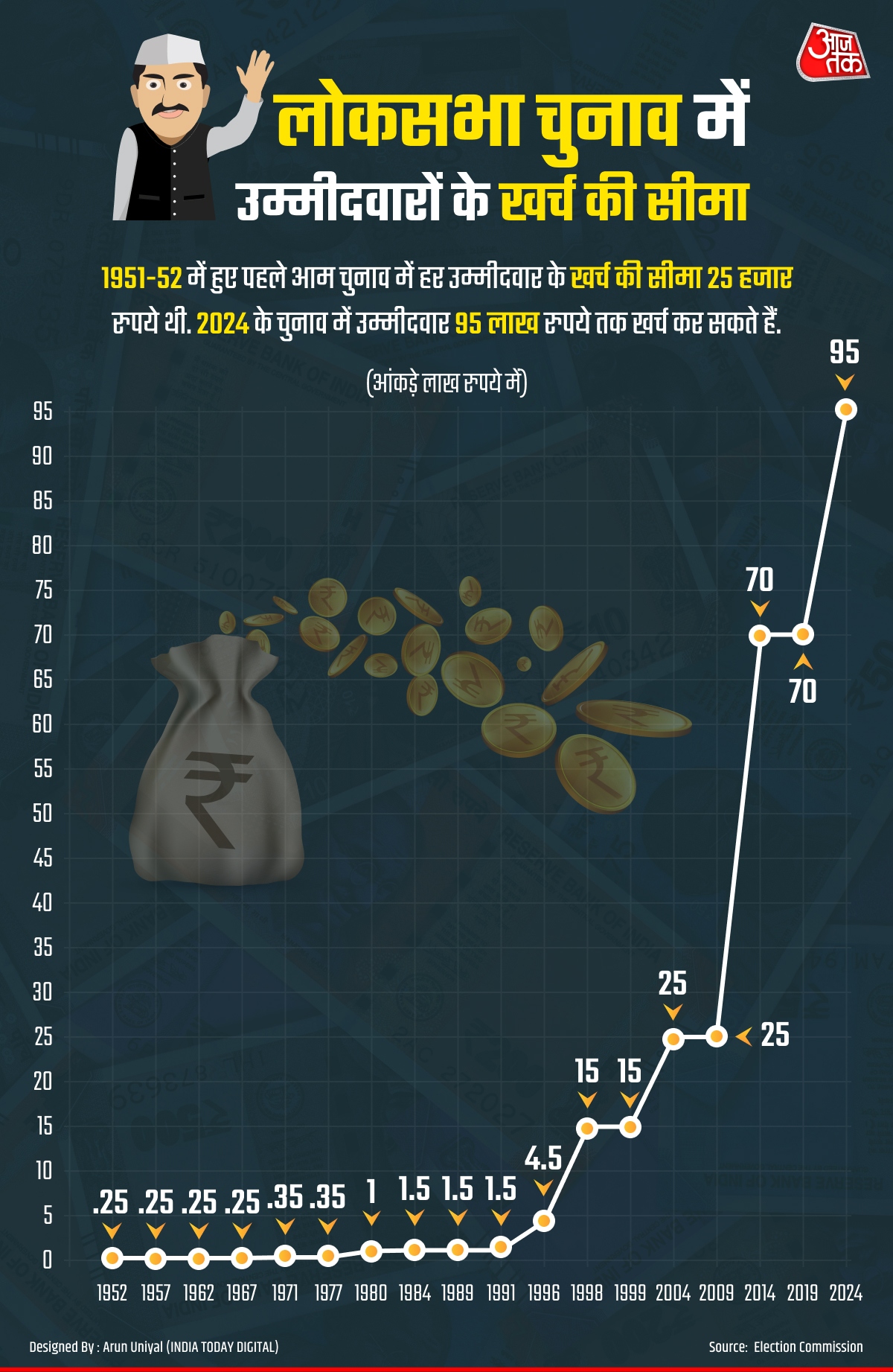
Source: aajtak
Modi and Rahul are conducting multiple rallies and roadshows in a single day. At times, these occur in three to four states in one day, incurring expenses in the crores. The political parties foot the bill for these star campaigners' rallies and roadshows, which are not added to the candidate's expense ledger. One reason for this is that although the Election Commission has set a limit on what candidates can spend, there's no limit placed on party spending.
This is why the Lok Sabha elections in India are becoming some of the most expensive elections in the world. The costs incurred in the last general election are on par with the GDPs of several nations. It's estimated that this year's general election could see spending of around 1.20 lakh crores, making it potentially the priciest election ever.
Limit Set on Candidates' Expenses
You might have heard about the 'level playing field' concept, which ensures equal opportunities for all. Keeping this in mind, the Election Commission has capped election-related expenses for candidates. When India held its first general election in 1951-52, the limit for candidates' expenses was 25 thousand rupees. This cap has since increased substantially.
Currently, in the Lok Sabha elections, a candidate can spend up to 95 lakhs, and up to 40 lakhs in the Assembly elections. However, this cap is 75 lakhs for Lok Sabha and 28 lakhs for Assembly elections in some smaller states. During the 2019 Lok Sabha elections, the cap was 70 lakhs per candidate.
The Election Commission periodically raises the candidate expense cap. The last increase was in 2022, adjusted for factors like voter population and inflation.
Three significant instances have seen the spending cap for candidates multiply. For the first time in the 1980 elections, the limit reached one lakh rupees. It was increased to 15 lakhs in the 1998 elections and hovered around 25 lakhs for the 2004 and 2009 elections. However, by the 2014 elections, this nearly tripled to 70 lakhs, remaining the same in 2019.
Despite laws in place, candidates tend to declare lower expenses than the actual amount. For instance, in the 2009 elections, the average spending was only 59% of the set limit. The concern remains that even if a cap were placed on political parties' expenses, they could underreport these as well.
Do read more about:
But Why No Cap on Party Spending?
There was a time when no discussion on capping political party election expenses had taken place. However, in 2018, the Election Commission called a meeting of all political parties to debate this issue. Barring the BJP, all other parties emphasized setting a limit on party election expenses.
The demand for a spending cap on parties stems from the desire to ensure equal electoral opportunities for all. Proponents argue that a candidate or party shouldn't win solely because they are 'wealthy.'
However, the Law Commission's 255th report opposed imposing a cap on political parties' election expenses. It asserted that fixing a realistic limit is complex, and the existing law does not limit party spending—thus, it should not be changed. The report highlighted that despite the Representation of the People Act 77(1) requiring accurate election expense accounts, candidates still report lower expenses.
The Law Commission noted the 1969 ban on corporate donations didn't curtail funding. Instead, alternative methods were pursued, leading to increased corruption and black money.
The Election Commission's Proposal...
Despite opposition from some corners, the Election Commission has proposed new amendments to Rule 90 of the Representation of the People Act and the Conduct of Election Rules, suggesting a cap on party expenses. Their proposal includes a formula that calculates a party's spending limit based on the number of candidates fielded. According to this formula, parties shouldn't spend more than 50% of the aggregate expense cap for all their candidates.
If a party fields 200 candidates with a 95 lakh rupee cap per candidate, the calculation would be 200X95,00,000, totaling 190 crores—thus, the party should not exceed 95 crores in spending.
This measure aims not only to level the playing field but also to reign in the extravagant spending witnessed during elections. Meanwhile, the BJP continues to oppose any spending cap on parties, arguing that mandatory reporting of election expenses renders stricter caps redundant.
